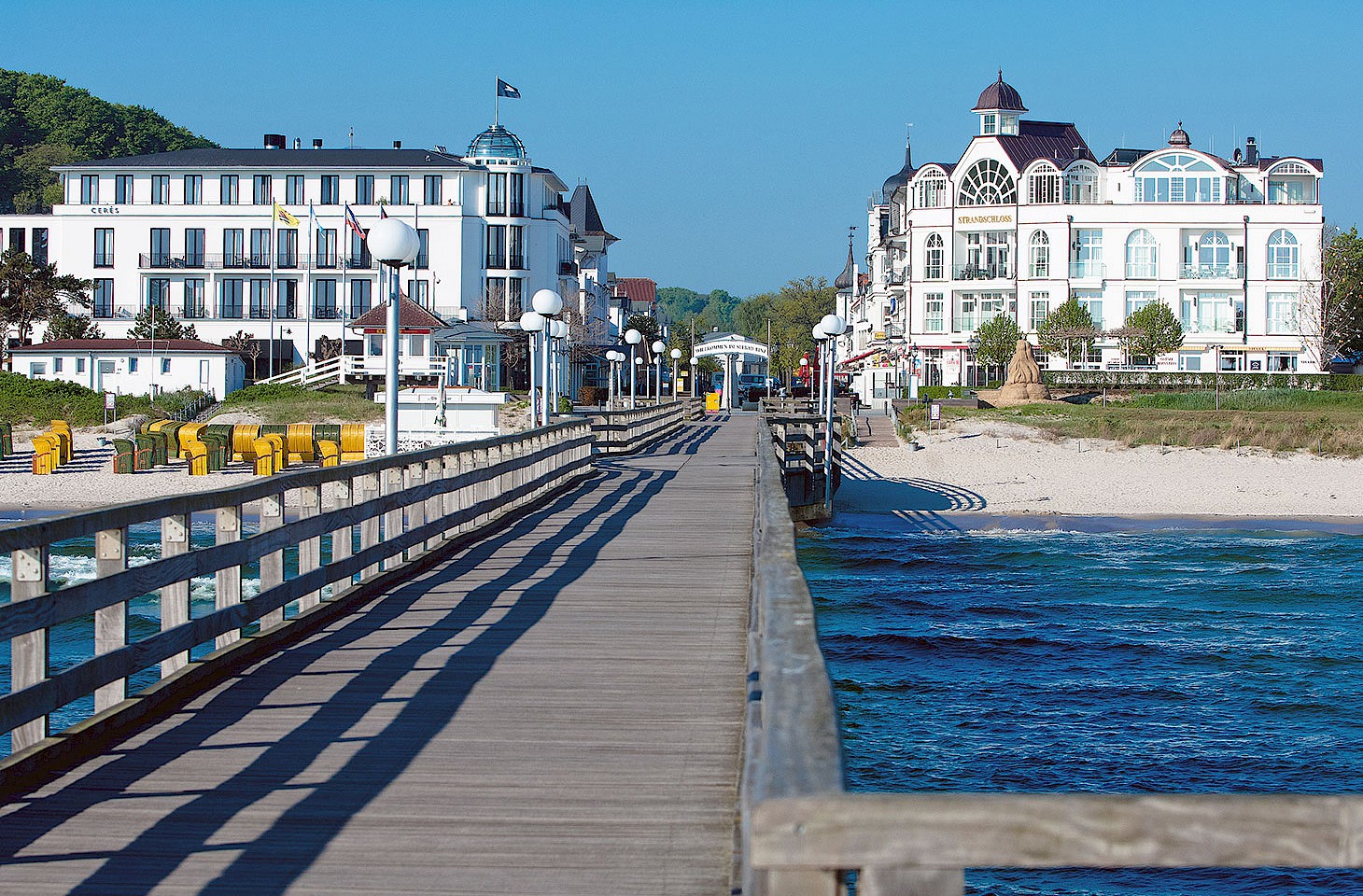Dear fellow travellers
France has changed since our last Letter from Europe. The attacks in Paris which started on 7 January were assaults on an entire nation. For in France, more than elsewhere in Europe, the principles of liberty are more closely etched on the national consciousness. Notions of liberty are part of French cultural currency and have been one of France's principal exports. In film, drama and literature, France has excelled in promoting the virtues of liberty. "La liberté éclairant le monde" was the motto as France donated the Statue of Liberty to the United States of America.
Major exhibitions, such as the regular World Expositions, have played a significant role in the development of international culture. France used the 1889 Expo in Paris to promote the political and cultural values of the Third Republic. The Eiffel Tower was constructed for the occasion. The tower evoked many negative reactions and it was initially intended to be merely a temporary addition to the Paris skyline. In the end, it stayed.
Yet the star of the 1889 Expo was not the Eiffel Tower. It was Marianne. French President Marie Carnot stood next to a statue of Marianne to open the 1889 Expo which was held on the Champ de Mars. It coincided with celebrations marking the centenary of the French Revolution. Marianne, the Goddess of Liberty, dominated the 1889 Expo - even though the event took place in the shadow of the new Eiffel Tower, which certainly added a little theatre to the proceedings. Sadly, Marianne offered no protection to President Carnot; he was assassinated in Lyon five years later.
While many overseas visitors to Paris tend to see the Eiffel Tower as a symbol of the French capital, in France itself Marianne has a more enduring appeal, her influence reaching way beyond the capital to the remotest corners of provincial France. Bust and bas-relief representations of Marianne can be found in town halls and court buildings, even in schools and post offices, across France. Marianne features on French euro coins. But you'll search in vain for the Eiffel Tower on those coins.
Successive Expos have implanted innovations in the wider public consciousness. The telephone made its debut at the 1876 Expo in Philadelphia - as did tomato ketchup. But the 1889 Expo demonstrated the French capacity for more abstract values. Liberty lies closer to French hearts than most of us will ever understand.
As it happens, 2015 is also an Expo year. Milan will host Expo 2015 from 1 May to 31 October this year. In our next Letter from Europe, we shall see how the 2015 event aspires to make a fine contribution to the Expo tradition. It'll be a ketchup-free issue of Letter from Europe - that's a promise.
Nicky Gardner and Susanne Kries
(editors, hidden europe magazine)



